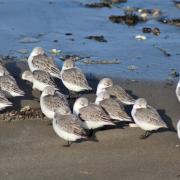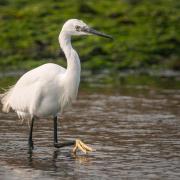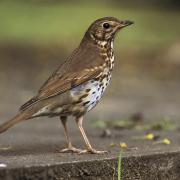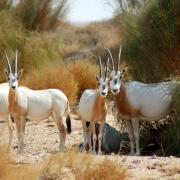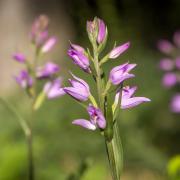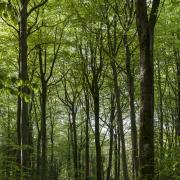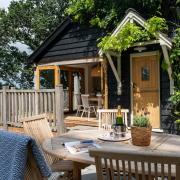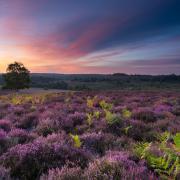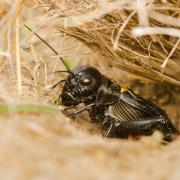This month the Wildlife Trust invite you to slow down and take a leaf out of Hampshire writer, Emily Laurence Baker’s book to appreciate the natural beauty that surrounds us

It’s always good to have warm and enthusiastic comments written about your organisation and the work you do. In her latest book ‘Slow New Forest’ (A Bradt Travel Guide), Emily Laurence Baker does exactly that about the Hampshire & Isle of Wight Wildlife Trust. The premise of the book is to invite you to slow down and experience a highly distinctive corner of Britain and a wonderful jewel in Hampshire. By taking part in guided walks through ancient woodlands and heaths, joining volunteer work parties and experiencing the Trust’s education work, Emily is able to celebrate the special qualities of the New Forest and the people and wildlife that live there.
Here’s a snapshot of some of the experiences that Emily had with the Wildlife Trust and hopefully they will inspire you to take a ‘slow’ look at what’s on your doorstep.
Roydon Woods
A diverse landscape of ancient woodland, conifers, meadows and streams within its 950 acres near Brockenhurst. The nature reserve is home to many animals including badger, deer, owls and bats. In winter you’ll see a marvellous array of lichens. Download the self-guided walks from the Trust’s website www.hiwwt.org.uk.
Blashford Lakes
Created from flooded gravel pits and used for drinking water storage, Blashford Lakes near Ringwood is now a bustling centre of activity for both wildlife and people. Thousands of birds use this site all year round, and with many hides, this is a great destination to bring your family, whatever the time of year. In winter over 5,000 wildfowl flock to the lakes including gadwall, goldeneye and goosander.
Testwood Lakes
The 150 acre nature reserve near Totton is a mix of lakes, grassland and woodland with surfaced paths and bird hides. It has a busy education centre that hosts school and adult groups. The lakes attract large numbers of wildfowl during the winter including mallard, teal, shoveler, tufted duck, gadwall and wigeon.
Lower Test
Is over 400 acres of saltmarsh, reedbed, marsh and unimproved meadows. The regular saltwater flooding protects the grasslands from freezing in cold winters, attracting huge numbers of feeding wildfowl. The reserve is also very rich in wild flowers with over 450 species recorded, including Southern marsh and Green-winged orchids.
Lymington and Keyhaven Marshes
These internationally important coastal marshes and mudflats are teeming with fish and as a result thousands of seabirds and waders. In winter you can admire the brent geese, dunlin and black-tailed godwit, all roosting and feeding in the sheltered marshes. As well as being a great place to explore, you’ll be able to take in the stunning vistas across the Solent to Hurst Castle and the Isle of Wight.
***
And if you fancy some hands-on conservation, the Wildlife Trust is always looking for volunteers to help pull up the highly invasive, non-native plant called Himalayan balsam. If you have a bit of time to spare, and enjoy working outside with like-minded people, the Trust would love to hear from you.
It’s been said that “the Slow Movement is a cultural revolution against the notion that faster is always better, It’s not about doing everything at a snail’s pace, it’s about seeking to do everything at the right speed. Doing everything as well as possible, instead of as fast as possible.” So the message from the Wildlife Trust is take time to explore – don’t rush it, get to know an area and you’ll be as delighted as Emily Laurence Baker by what you find.
You can find out more about these nature reserves and others across Hampshire, on the Wildlife Trust’s website: www.hiwwt.org.uk






